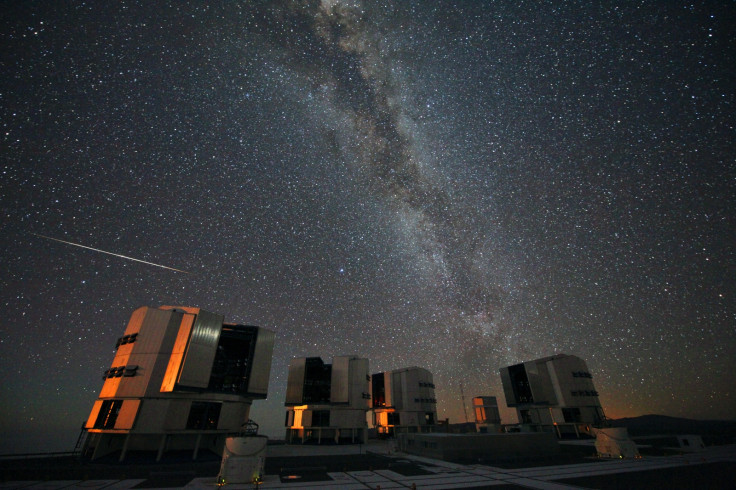The Perseid meteor shower won't damage Earth – but the comet it comes from might in 2126
The main concern is for astronomers working on the International Space Station.
Prepare to be dazzled by the Perseid meteor shower. The astronomical event, which is perhaps the most popular meteor shower of the year, will peak at 1PM ET (6PM in the UK) on 12 August. The showers are expected to be easily visible both the night before and the night after.
The Perseid meteor shower usually has a very good following, because it is particularly visible in the night sky. Typical rates are about 80 meteors an hour, but in outburst years, as was the case last year, the rate can be between 150-200 meteors an hour.
In 2017, it might be a bit trickier to spot the meteors, as the moon will be three-quarters full and will rise shortly before the shower hits its peak. The moonlight will block some of the fainter meteors.
The shower will be best in the Northern Hemisphere and down to the mid-southern latitudes, with a bit of patience, people will most likely be able to spot some of the meteors.
To make the most of the night, viewers are advised to go to a dark area as far away as possible from urban centres. Thirty minutes is usually necessary to adjust to the darkness and to see meteors - if you are lucky you may see two to three per minute.

What causes the meteor shower?
The Perseid meteor shower is associated with the Swift-Tuttle comet. With nucleus about 16 miles (26 kilometers) wide, this comet is the largest known object to regularly pass by our planet.
It last passed nearby Earth during its orbit around the sun in 1992, and the next time will be in 2126. But in the meantime, as Earth passes yearly through the dust and debris it has left behind, this creates the annual Perseid meteor shower.
Its name comes from the point at which the meteors appear to come from – its radiant – in the constellation of Perseus.
Does the Perseid meteor shower pose any threat to humans?

Comet Swift-Tuttle has been well documented each time it has come close to Earth. In 1992, it passed safely far away from us - within 110 million miles of Earth. However, when it is scheduled to return however in 2126, after swinging out past Pluto in a 134-year orbit, it is expected to come much closer to Earth. A collision is unlikely, but it's course will have to be monitored carefully.
As for the Perseid meteor shower per se, they pose no direct threats to people back on Earth. The main concern is for astronomers working on the International Space Station, but NASA keeps a close eye on the amount of meteoroids that strike Earth's atmosphere. Even if the agency didn't do this monitoring work, the Perseids are typically about a millimetre wide so it is unlikely that they would cause any real damage to the thickly armoured space station.
© Copyright IBTimes 2025. All rights reserved.





















